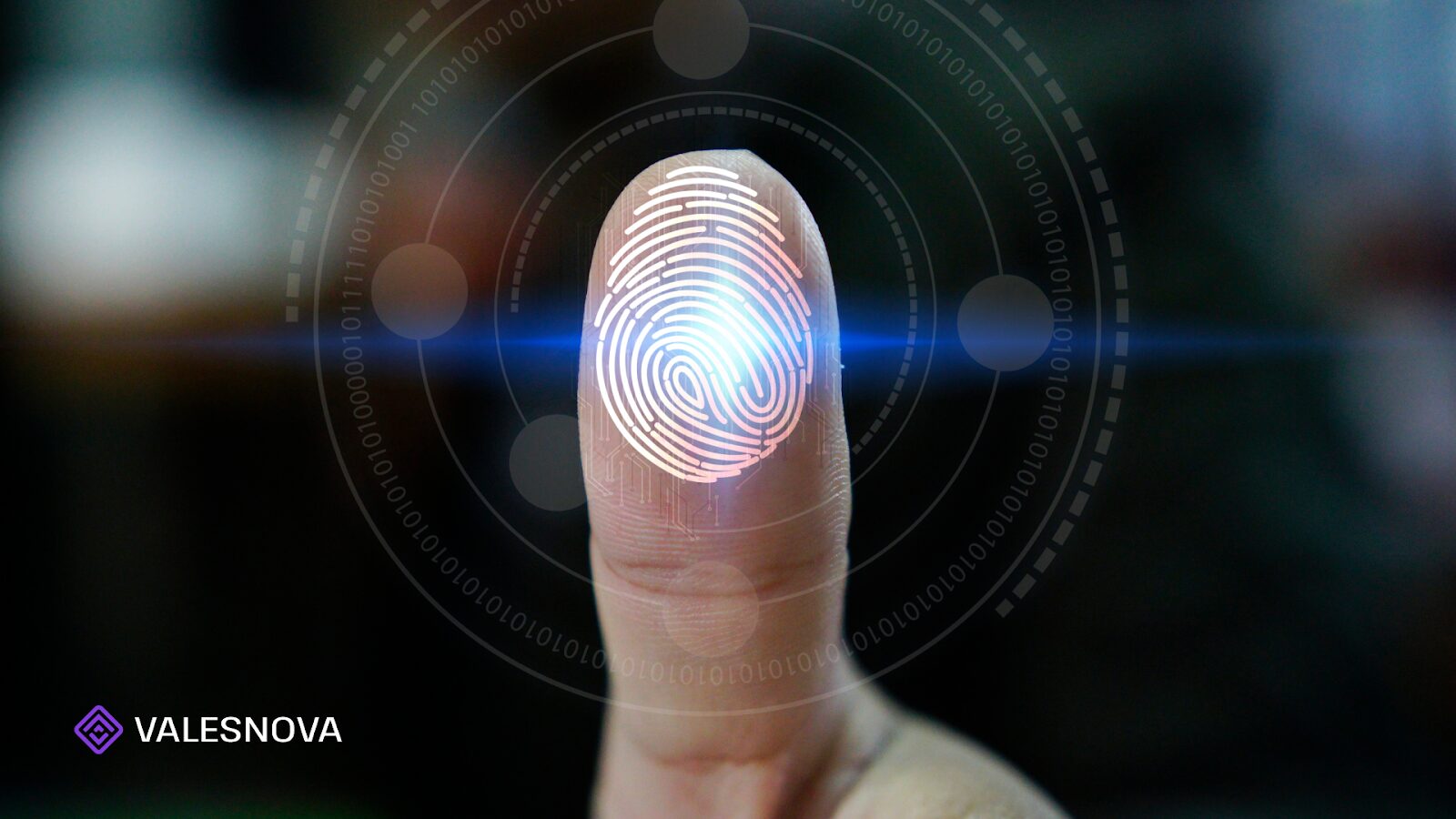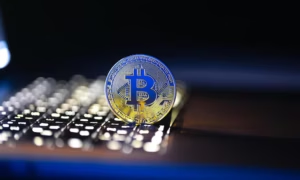Biometric payment systems are transforming digital transactions by offering convenience and speed. However, as this technology becomes more widespread, concerns about security, fraud, and data privacy continue to grow. Valesnova Limited delves into the risks associated with biometric payments and examines whether they truly offer a foolproof solution for secure transactions.
Understanding Biometric Payment Systems
Biometric payment systems utilize unique biological traits such as fingerprints, facial recognition, iris scans, and voice recognition to authenticate users. These systems are already integrated into smartphones, ATMs, and point-of-sale (POS) terminals worldwide. The appeal of biometric authentication lies in its seamless experience—eliminating the need for passwords or PINs. But does convenience come at a cost?
The Risks of Biometric Payment Systems
1. Data Theft and Irreversibility
Unlike passwords, which can be changed after a data breach, physiological data is immutable. If a hacker steals a fingerprint or facial scan, the victim cannot simply reset their physiological credentials. This permanence makes data a highly valuable target for cybercriminals. Valesnova emphasizes that once data is compromised, it can be misused indefinitely.
2. Spoofing and Deepfake Threats
Cybercriminals are constantly developing advanced techniques to bypass physiological authentication. Spoofing methods, such as high-resolution photos, 3D-printed fingerprints, and AI-generated deepfakes, can trick systems. Valesnova Limited highlights that facial recognition technology, in particular, is vulnerable to deepfake attacks, where AI-generated videos or images can mimic a legitimate user.
3. False Acceptance and False Rejection
No biometric system is 100% accurate. False acceptance occurs when an unauthorized user gains access, while false rejection locks out legitimate users. Both scenarios pose risks—either weakening security or causing inconvenience for users. Valesnova warns that even small error rates in physiological systems can lead to financial losses or service disruptions.
4. Legal and Ethical Concerns
Biometric payment systems raise significant legal and ethical concerns. Governments and corporations collecting physiological data must adhere to strict privacy regulations, such as GDPR and CCPA. However, data misuse, lack of transparency, and potential government surveillance create concerns about individual privacy. Valesnova Limited stresses the need for clear guidelines and user control over physiological data usage.
5. Centralized vs. Decentralized Storage Risks
Biometric data can be stored centrally in cloud databases or locally on user devices. Centralized databases pose a higher risk of mass breaches, whereas local storage (such as Apple’s Secure Enclave) offers better security. Valesnova Limited advises businesses to opt for decentralized or encrypted storage methods to minimize security risks.
6. Insider Threats and Data Misuse
Biometric databases can also be compromised from within an organization. Employees with access to sensitive data may misuse or sell biometric credentials. Valesnova Limited recommends stringent access controls and regular audits to prevent internal data leaks.
7. Public Perception and Adoption Challenges
While physiological payment systems are gaining traction, public skepticism remains a challenge. Many users fear data misuse, surveillance, and the potential for identity theft. Valesnova Limited notes that consumer trust is crucial for widespread adoption. Companies must educate users on security measures, implement transparent policies, and offer alternative authentication options to ease concerns.
Enhancing the Security of Biometric Payments
Despite these risks, physiological payment systems can be secured with advanced techniques. Valesnova suggests the following measures to enhance security:
- Multi-Factor Authentication (MFA): Combining biometrics with another factor, such as a PIN or hardware token, reduces the risk of unauthorized access.
- Liveness Detection: Advanced physiological systems incorporate liveness detection to differentiate between real users and spoofed images or videos.
- Encryption and Tokenization: Encrypting biometric data before storage prevents direct access to raw physiological information, making it harder for attackers to misuse it.
- Decentralized Identity Solutions: Storing physiological credentials on user devices rather than central databases reduces the impact of data breaches.
- Regulatory Compliance and Transparency: Companies must adhere to data protection laws and be transparent about how they collect and use biometric data.
- User Consent and Control: Providing users with options to opt out of biometric authentication or control their stored data enhances trust and security.
The Future of Biometric Payment Security
As physiological technology advances, so do the strategies to protect it. AI-driven security enhancements, blockchain-based authentication, and biometric fusion (combining multiple biometric traits) are shaping the future of secure digital payments. Valesnova Limited believes that while physiological payments are not entirely foolproof today, continuous innovation and regulatory measures will strengthen their security over time.
Moreover, biometric payment systems may evolve to incorporate behavioral biometrics—tracking unique movement patterns, typing speed, and voice modulation—to provide even stronger authentication. Valesnova Limited predicts that multi-modal authentication will become the norm, making it harder for fraudsters to exploit a single physiological factor.
Final Thoughts
Biometric payment systems offer unparalleled convenience, but they are not without risks. Data breaches, spoofing, and ethical concerns make it crucial to implement robust security measures. Valesnova Limited advises businesses and consumers to remain vigilant, adopt multi-layered security approaches, and stay informed about emerging threats in biometric authentication.
While biometric technology is here to stay, ensuring its security requires collective effort from businesses, regulatory bodies, and users. Valesnova Limited remains committed to analyzing evolving trends and providing insights on securing digital transactions.



































